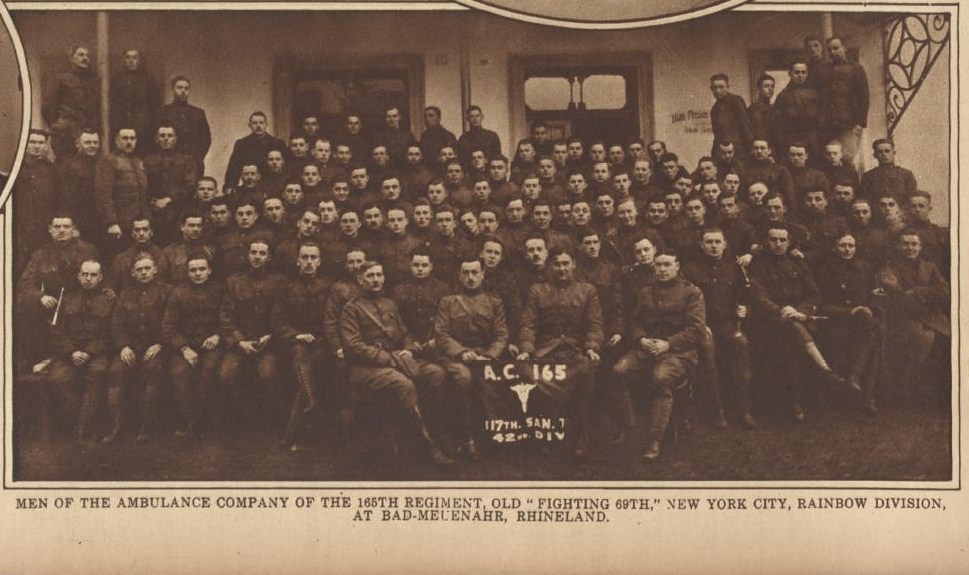April 7, 2019: It looks like I made a mistake in the second paragraph below. There is evidence in the April 6, 1919 issue of the New-York Tribune at the Library of Congress that most of the “old 69th” was serving in the army of occupation in Europe at the time of the St. Patrick’s Day parade. I apologize.
The 69th Infantry Regiment
New York State Militia was organized in New York City in 1851. When the Civil War began it was one of the three month regiments; it operated in the Annapolis and Washington, D.C. areas and fought at First Bull Run. After it mustered out on August 3, 1869, “a large majority of the regiment volunteered for a period of three years, forming the nucleus of the 69th Volunteers.” The 69th served as a regiment in the Irish Brigade (or Meagher’s Brigade).
The “Old 69th” also served in World War I as the 165 Infantry Regiment. After the Armistice it did not serve as part of the Army of Occupation and had returned home by March 1919. It took part in the New York City St. Patrick’s Day parade 100 years ago. [not true – see above] Although the November 1918 Armistice brought a relative peace, some parade marchers (not necessarily the 69th) over here displayed a similar antagonism toward the British that Michael Corcoran and the 69th exhibited almost 59 years earlier.
_________________________
The Times mentioned the Green, White, and Orange flag of the “Irish Republic.” Thomas Meagher, who eventually served as a Union general in the American Civil War, reportedly received the flag in 1848 from some French women. He was the first to fly it publicly – on March 7, 1848. Mr. Meagher waxed pacific about the colors significance: “The white in the centre signifies a lasting truce between Orange and Green and I trust that beneath its folds the hands of Irish Protestants and Irish Catholics may be clasped in generous and heroic brotherhood.”
You can read about the April 1916 Easter Rising at Wikipedia. The momentum kept on going: “In December 1918, republicans, represented by the reconstituted Sinn Féin party, won 73 seats in a landslide victory in the general election to the British Parliament. They did not take their seats, but instead convened the First Dáil and declared the independence of the Irish Republic. The Soloheadbeg ambush [January 21, 1919] started the War of Independence.”
_______________________________
Grand Marshal John W. Goff was born in Ireland the same year that the Frenchwomen gave the tricolor to Thomas Meagher. He emigrated with his family to New York City while he was still a boy. Thomas Francis Meagher was an Irish nationalist, who eventually made his way to New York City; he led the Irish Brigade in the Union army during the American Civil War.
Lexington recently touched on the relationship between nationalists and the new world: “And the heavy use Irish nationalists made of America, as a rear base and source of funds, through to the late 20th century, nurtured that [Irish nationalist] awakening. The Easter Rising was part-organized in America; a lecture by Yeats drew 4,000 New Yorkers in 1904.” (The Economist, March 16th-22nd, 2019, page28)
From the New York State Military Museum: Civil War regimental color and the “Prince of Wales: flag, presented to the militia unit on March 16, 1861. I got the Irish tricolor from Wikipedia.
You can read the newspapers at the Library of Congress – Times and Tribune.
Also from the Library: poetic justice; recruiting poster; your’e welcome home; federal prisoners captured during First Bull Run at Castle Pinckney, Charleston in August 1861. “Photograph shows group from the 69th New York Infantry (Fighting 69th), some seated, others standing in the rear, facing front. A sign above the door, No. 7 Musical Hall, 444th Broadway.” It seems possible it’s the 69th Militia; according to the New York State Military Museum: “where it lost, killed, 1 officer, 36 enlisted men; wounded, 1 officer, 59 enlisted men; captured 3 officers, 92 enlisted men; aggregate, 192;” patriotic (American) sheet music; historical emblems.

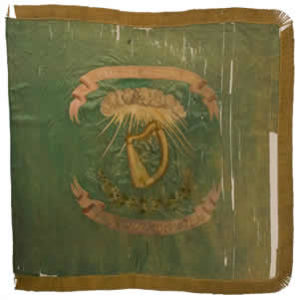
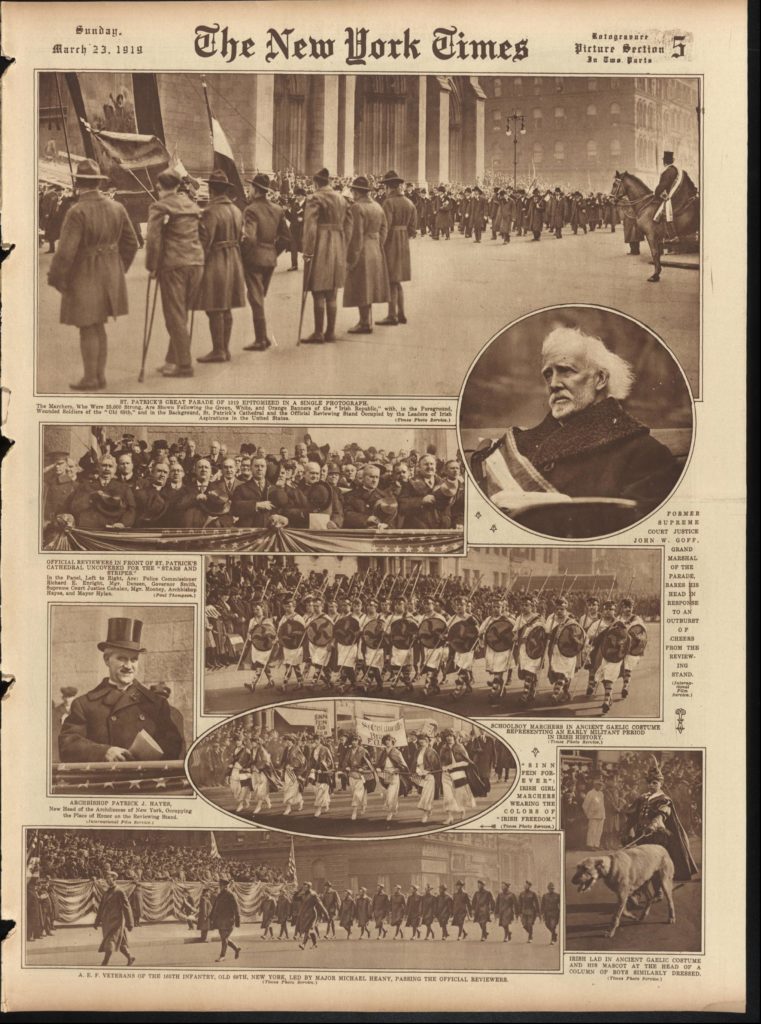
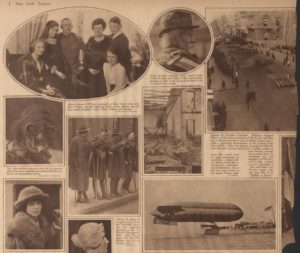
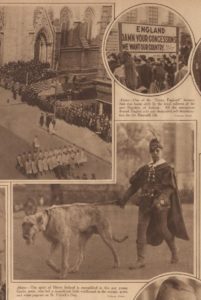
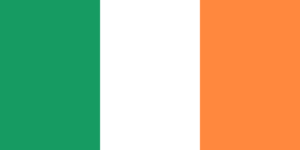
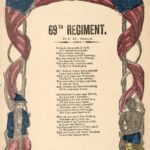
![Enlist to-day in the 69th infantry Join the famous Irish regiment [...] Go to the front with your friends [...] (N[ew] Y[ork] : Empire City Job Print, [1917] ; LOC: https://www.loc.gov/item/2001698253/)](https://www.bluegrayreview.com/wp-content/uploads/2019/03/08405v-150x150.jpg)
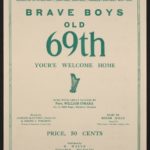
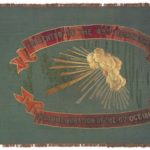
![Federal prisoners captured at battle of Bull Run, Castle Pinkney [i.e. Pinckney], Charleston, S.C., August 1861 (photographed 1861, [printed between 1880 and 1889] )](https://www.bluegrayreview.com/wp-content/uploads/2019/03/35329v-150x150.jpg)
![The fighting 69th patriotic march song ( 1918, monographic. D. Greenfest Music Co.,, Peekskill, N.Y. :D. Greenfest Music Co.,[1918], [1918].; LOC: https://www.loc.gov/item/2013564866/)](https://www.bluegrayreview.com/wp-content/uploads/2019/03/69th-sheet-music-150x150.jpg)
![Ireland's historical emblems / Eagle Litho. Co. ([United States] : [Eagle Litho. Co.], c1894. ; LOC: https://www.loc.gov/item/92501116/)](https://www.bluegrayreview.com/wp-content/uploads/2019/03/01128v-1024x791.jpg)
